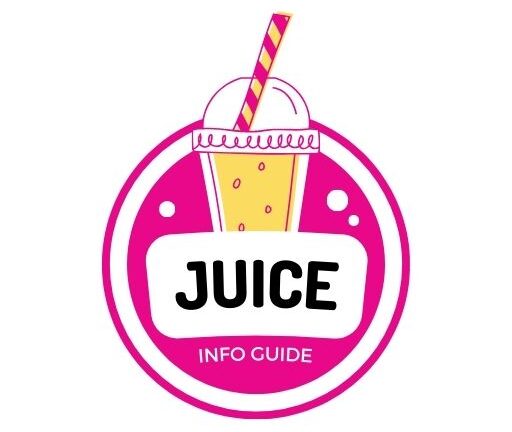Buttermilk is a baker’s secret weapon, adding a tender crumb and tangy flavor to cakes, pancakes, biscuits, and more. But what if you don’t have buttermilk on hand? No worries! You can easily make a buttermilk substitute with just two simple ingredients: milk and lemon juice. This guide provides a step-by-step approach to making the perfect buttermilk substitute at home, complete with tips and tricks to ensure your recipes turn out flawlessly.
Why Make Your Own Buttermilk Substitute?
Making your own buttermilk substitute is a convenient and cost-effective solution when you don’t have store-bought buttermilk available. It’s quick, easy, and requires only two ingredients that most people usually have in their kitchen: milk and lemon juice. This homemade version works wonders in recipes, providing the same tangy flavor and tenderizing effect as traditional buttermilk.
What You’ll Need
Before you begin, gather these essential ingredients and tools:
- Milk: Any kind of milk works, including whole milk, 2% milk, skim milk, almond milk, soy milk, or coconut milk. Whole milk will create a thicker buttermilk substitute.
- Lemon Juice: Fresh or bottled lemon juice will do the trick.
- Measuring Cup: To accurately measure the milk and lemon juice.
- Spoon or Whisk: To stir the mixture.
Step-by-Step Guide to Making Buttermilk with Milk and Lemon Juice
Step 1: Measure the Lemon Juice
Pour 1 tablespoon of lemon juice into a liquid measuring cup.
Step 2: Add the Milk
Add milk to the measuring cup until it reaches the 1-cup line. This means you’ll be using a little less than 1 cup of milk. A “scant cup” means just shy of a full cup.
Step 3: Stir the Mixture
Stir the milk and lemon juice together gently with a spoon or whisk.
Step 4: Let It Sit
Let the mixture stand for 5-10 minutes at room temperature. During this time, the milk will begin to curdle and slightly thicken. You’ll notice some light separation in the milk.
Step 5: Use as Buttermilk
Once the mixture has curdled, it’s ready to use in your recipe as a 1:1 replacement for buttermilk.
Tips for the Best Buttermilk Substitute
- Use Any Type of Milk: Feel free to use whatever milk you have on hand. Whole milk will result in a richer, thicker buttermilk substitute, while lower-fat or non-dairy options will work just as well.
- Fresh or Bottled Lemon Juice: Both fresh and bottled lemon juice work well in this recipe. Use what is most convenient for you.
- Don’t Skip the Resting Time: Allowing the mixture to sit for 5-10 minutes is crucial. This gives the lemon juice time to react with the milk, causing it to curdle and thicken, which is what gives buttermilk its unique properties.
- Adjust the Amount: If your recipe calls for a different amount of buttermilk, adjust the quantities accordingly.
- For 1/4 cup buttermilk: Use 3/4 teaspoon lemon juice + 1/4 cup milk.
- For 1/2 cup buttermilk: Use 1 1/2 teaspoons lemon juice + 1/2 cup milk.
- For 3/4 cup buttermilk: Use scant 2 1/2 teaspoons lemon juice + 3/4 cup milk.
Why Does This Work?
The acidity in lemon juice changes the pH of the milk, causing the milk proteins to denature and coagulate. This process thickens the milk and gives it a slightly tangy flavor, mimicking the properties of buttermilk.
Can You Make Buttermilk with Vinegar Instead of Lemon Juice?
Yes, you can! If you don’t have lemon juice, white vinegar or apple cider vinegar can be used as a substitute. Use the same ratio: 1 tablespoon of vinegar for every 1 cup of milk.
Serving Suggestions
Use your homemade buttermilk in any recipe that calls for buttermilk, such as:
- Pancakes and Waffles: For light and fluffy breakfast treats.
- Cakes and Muffins: To add moisture and a tender crumb.
- Biscuits and Scones: For a tangy flavor and flaky texture.
- Fried Chicken: As a marinade to tenderize the chicken and help the coating adhere.
- Salad Dressings: For a creamy, tangy dressing.
Storage Tips
- Use Immediately: This buttermilk substitute is best used immediately after it has curdled.
- Do Not Store: It is not recommended to store the buttermilk substitute for later use, as the texture and consistency may change over time.
Variations
- Dairy-Free Buttermilk: Use non-dairy milk, such as almond milk, soy milk, or coconut milk.
- Flavored Buttermilk: For an extra touch of flavor, add a pinch of vanilla extract or a dash of your favorite spice to the mixture.
Conclusion
Making buttermilk with milk and lemon juice is a simple, quick, and effective way to get the tangy flavor and tenderizing properties of buttermilk without having to run to the store. By following these easy steps and helpful tips, you’ll be able to create delicious baked goods and savory dishes with ease. Whether you’re whipping up a batch of fluffy pancakes or tenderizing chicken for frying, this homemade buttermilk substitute will quickly become a staple in your kitchen.
